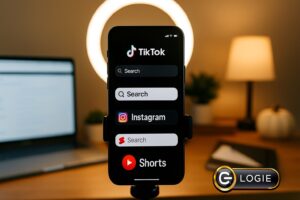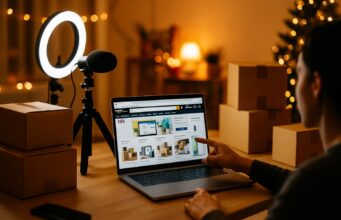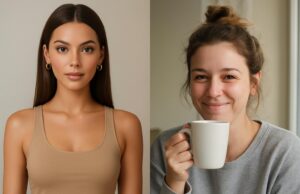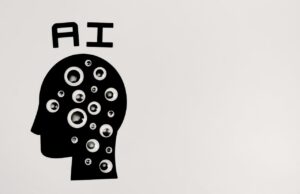Trending Now
Social Media
Facebook Unveils Updates to Empower Creators: Unlimited Earnings and Global Expansion
In a significant move to revolutionize content monetization, Facebook has announced a series of updates that promise to enhance the earning potential of creators...
Logie's Academy
Artificial Intelligence
Amazon
Amazon Influencer Pay Is Changing in 2025: How to Thrive Without...
Amazon flat-rate gigs are disappearing - discover why brands are changing payouts, how to adapt, and actionable strategies to build lasting value as an influencer in 2024.
Amazon Introduces ‘Supply Chain by Amazon for Independent Sellers
Amazon has recently unveiled the 'Supply Chain by Amazon' service, an initiative designed specifically for independent sellers.
This enhancement aims to streamline small businesses' logistics...
Most Popular
Influencer Marketing
Chinese online shopping apps flourish in the US market
As social commerce records significant growth in the US this year, Chinese e-commerce apps are scrambling for the market. These apps – which mostly...
Amazon Enhances Shopping Experience with Streamlined Deals
Amazon has unveiled its innovative strategy for Prime Day 2024, focusing on simplifying the shopping process and enhancing the customer experience. This year, the...
Fake Online Reviews: How They Started, Why They’re Everywhere, and How to Spot Them
Online reviews have become a cornerstone of our shopping habits. Whether we’re buying a new pair of headphones, booking a hotel, or trying out...
Why Social Commerce Creators Are Making More by Diversifying Beyond Amazon
Learn how creators are boosting earnings by diversifying beyond Amazon. Explore top affiliate programs and actionable platform-switching tips.
Live shopping is reshaping eCommerce. Here’s how
Live shopping – or Livestream shopping – is an eCommerce marketing strategy where creators such as influencers promote a product in real-time. Consumers watching...



















































